What is the German Autobahn?
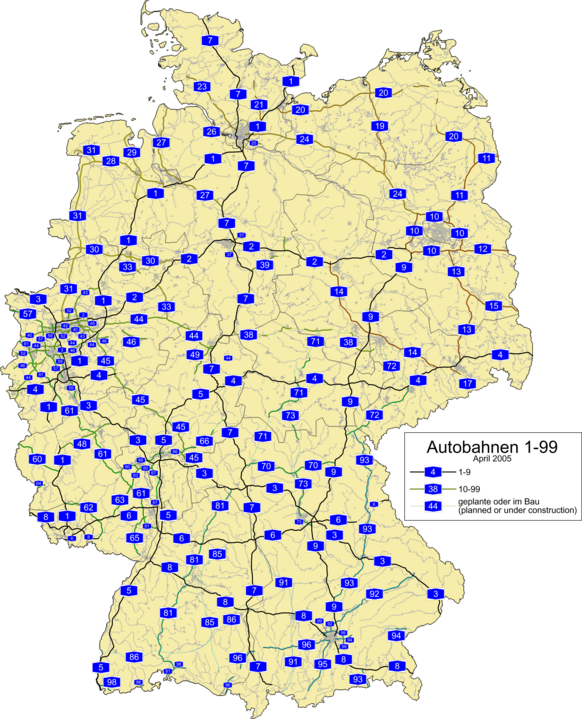
The Early History of the Autobahn and Its Speed Limits
During the Weimar Republic (1919–1933), there were no federally required speed limits for vehicles on highways in Germany, although some early roads had limits imposed by local authorities. The A 555, now part of the autobahn network, opened in 1932 as Germany’s first road specifically designed for motor vehicles only, with no intersections, and initially had a speed limit of 120 km/h (75 mph). In October 1939, as World War II escalated, the Third Reich introduced the first national speed limit of 80 km/h (50 mph) to conserve fuel for the military. After the war, Germany was divided into four Allied occupation zones, each imposing its own speed limits. Initially, the World War II-era speed limits were restored in both East and West Germany before the formation of the separate German states in 1949.
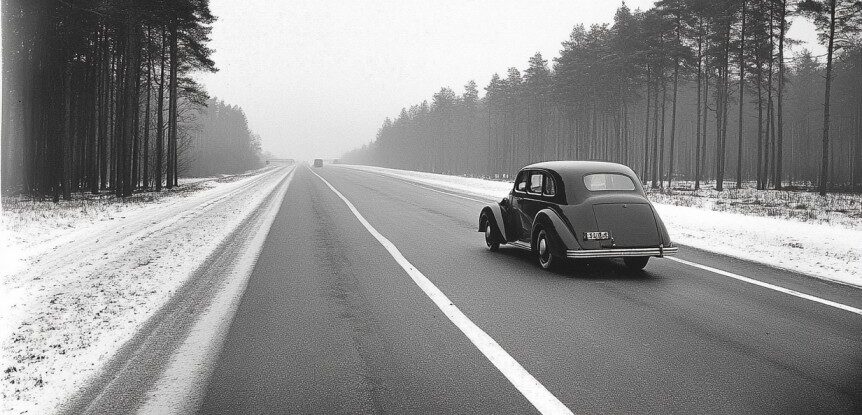
Overview of the Autobahn Numbering System in Germany
The numbering system for the autobahn in Germany, currently in use, was implemented in 1974. Each autobahn is designated by the letter “A,” representing “Autobahn,” succeeded by a space and a numeral (for instance, A 8). The main autobahns that traverse the whole nation are allotted single-digit numbers. On the other hand, shorter autobahns of local importance, such as those that connect major cities or areas within Germany, receive double-digit numbers (for example, A 24, which connects Berlin and Hamburg). The structure of the system is organized as follows:
A 10 to A 59 Routes
– A 10 to A 19: These routes are located in eastern Germany, including Berlin, Saxony-Anhalt, and parts of Saxony and Brandenburg.
– A 20 to A 29: These highways are found in northern and northeastern Germany.
– A 30 to A 39: These roads run through Lower Saxony, northwestern Germany, and Thuringia.
– A 40 to A 49: These highways connect the Rhine-Ruhr region to Frankfurt Rhine-Main.
– A 52 to A 59: These routes cover the Lower Rhine area and lead to Cologne.
A 60 to A98 Routes
– A 70 to A 73: These autobahns are located in Thuringia, northern Bavaria, and parts of Saxony.
– A 81: This highway is situated in Baden-Württemberg.
– A 60 to A 67: These roads run through Rhineland-Palatinate, Saarland, Hesse, and northern Baden-Württemberg.
– A 90 to A 99: These routes are located in southern Bavaria.
– A 98: This autobahn runs through Baden-Württemberg.
Our Premium Fleet for the Autobahn Experience
Some automobile enthusiasts visiting Germany might feel let down when they encounter the Autobahn for the first time. Compared to Miami’s wide and crowded ten-lane roadways, the Autobahn may initially seem less congested. However, it is exhilarating to discover that a significant portion of Germany’s Autobahn has no speed limits.
You may have never thought about the chance to drive on Germany’s Autobahn in a supercar. Known as the road with virtually no speed limit signs, the Autobahn offers an unparalleled driving experience for those seeking luxury and thrill. Utilizing supercars from various manufacturers will elevate your adventure, ensuring you will always remember the experiences provided by Ferrari, Lamborghini, McLaren, and Porsche.

- Engine: 3.9L V8 Twin-Turbo
- Power: 710 bhp
- Acceleration: 0 to 100 km/h
- Top Speed: 340 km/h in 2.9s

- Engine: 3.8L Twin-Turbo V6
- Power: 565 bhp
- Acceleration: 0 to 100 km/h in 2.9s
- Top Speed: 315 km/h
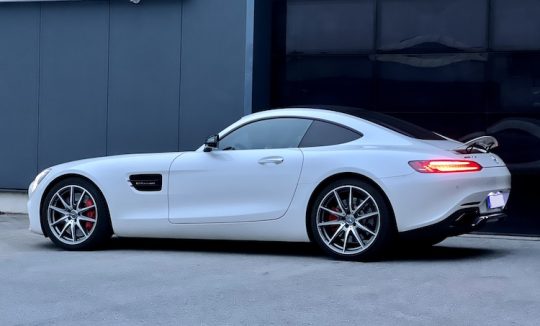
- Engine: 4.0L Twin-Turbo V8
- Power: 515 bhp
- Acceleration: 0 to 100 km/h in 3.8s
- Top Speed: 310 km/h

- Engine: 3.0L Twin-Turbo Flat-6
- Power: 473 bhp
- Acceleration: 0 to 100 km/h in 3.4s
- Top Speed: 311 km/h

- Engine: 5.2L V10
- Power: 640 bhp
- Acceleration: 0 to 100 km/h in 3.1s
- Top Speed: 335 km/h
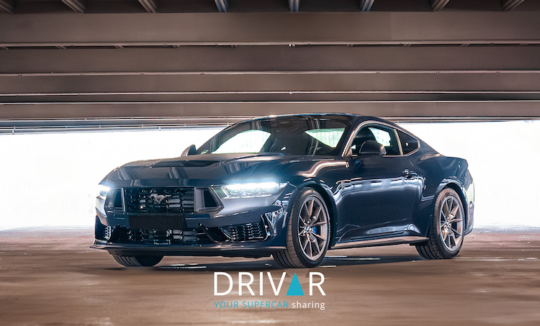
- Engine: 3.0L Twin-Turbo Flat-6
- Power: 473 bhp
- Acceleration: 0 to 100 km/h in 3.4s
- Top Speed: 311 km/h
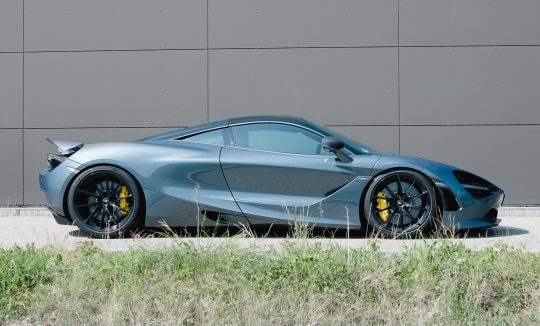
- Engine: 4.0L V8
- Power: 710 bhp
- Acceleration: 0 to 100 km/h in 2.9s
- Top Speed: 340 km/h
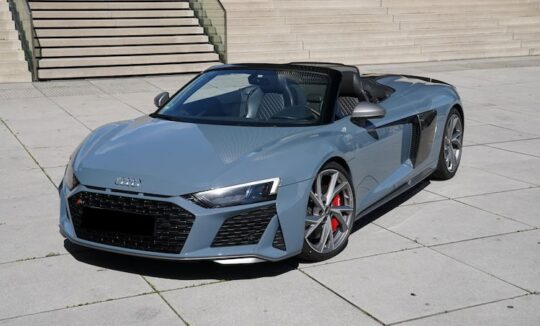
- Engine: 5.2L Aspirated V10
- Power: 562 bhp
- Acceleration: 0 to 100 km/h in 3.4s
- Top Speed: 324 km/h
Conclusion
The German Autobahn is renowned for its distinctive design. Maintenance of these roads is managed by Autobahn GmbH des Bundes, with annual costs totaling around €5 billion. This funding is generated through taxes and fees on heavy trucks (weighing over 7.5 tons), as passenger cars are exempt from paying tolls on the Autobahn.
One of the unique features of the German Autobahn is that certain sections have no general speed limit, enabling drivers to travel at high speeds, although the recommended speed is 130 km/h. With approximately 35 million vehicles recorded daily, it is considered one of the busiest highway systems in the world. Despite the high traffic volume, the fatality rate on the Autobahn is relatively low, at around 2.7 deaths per billion kilometers driven.
